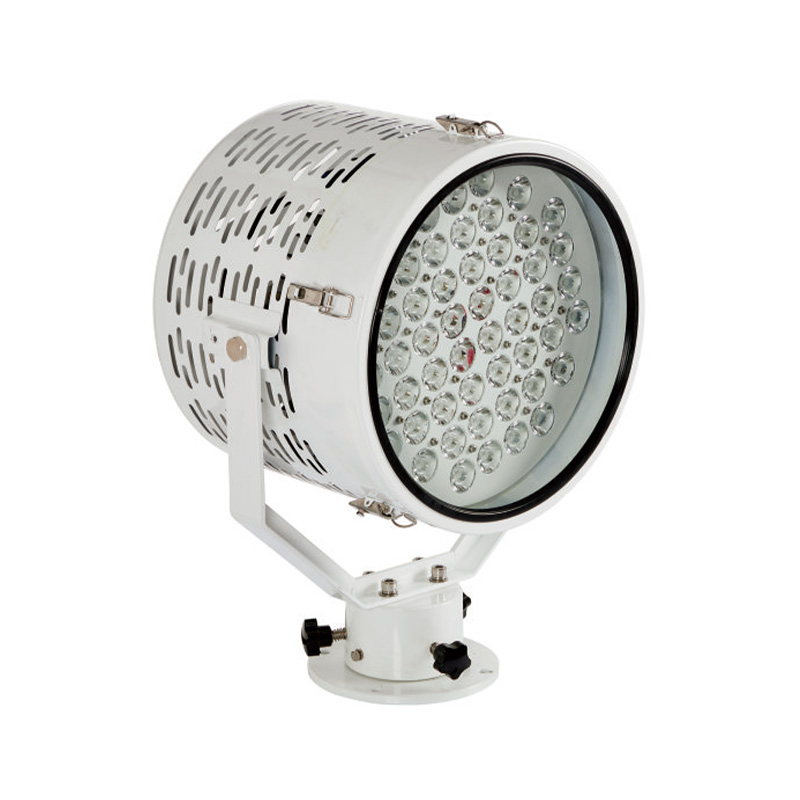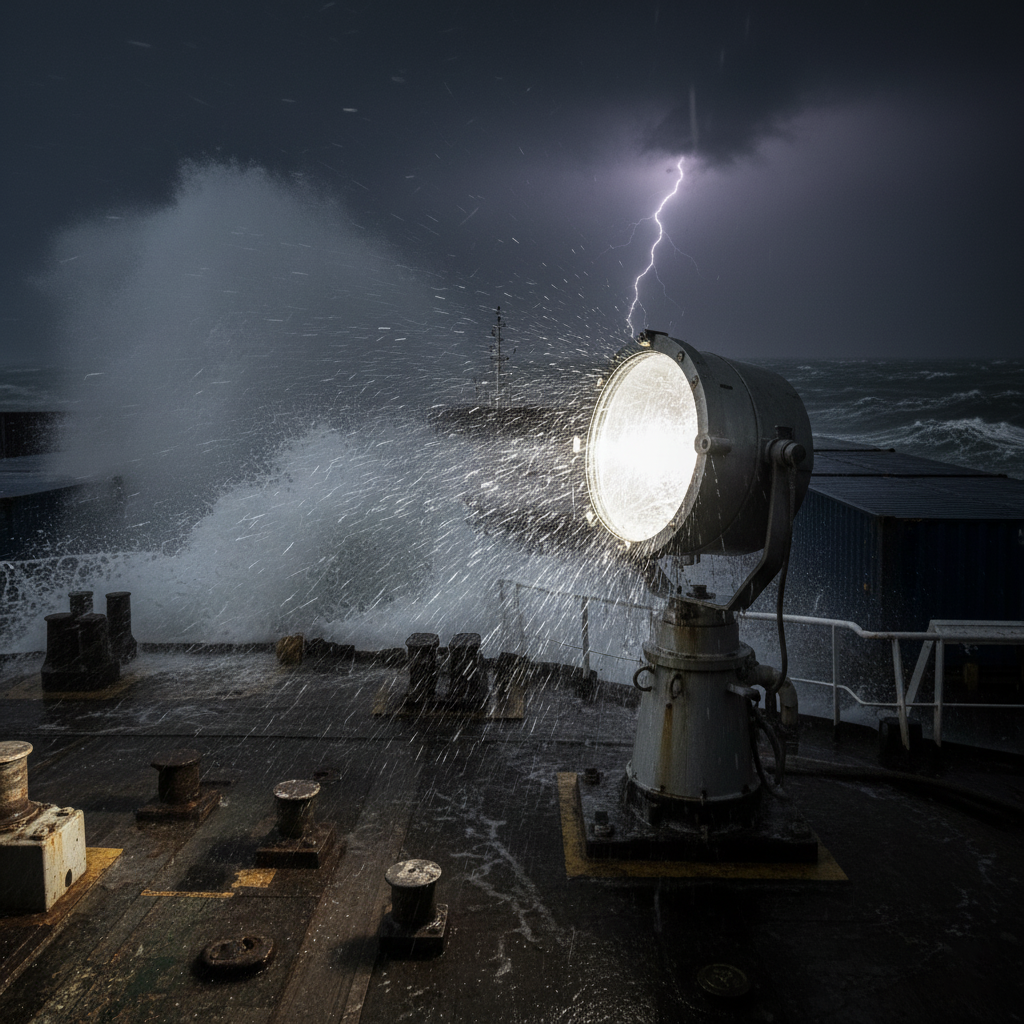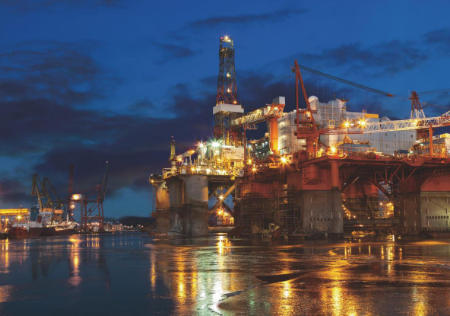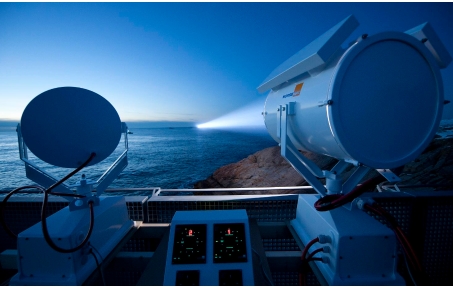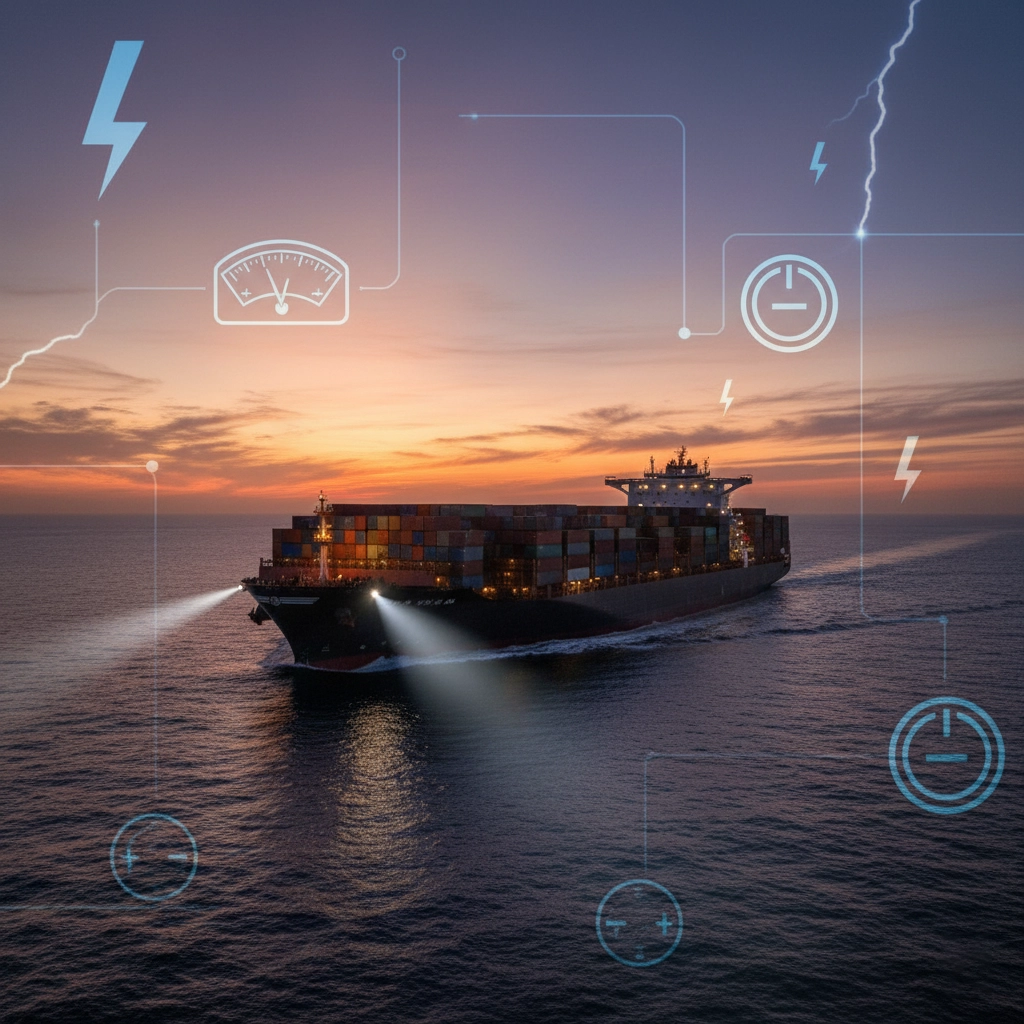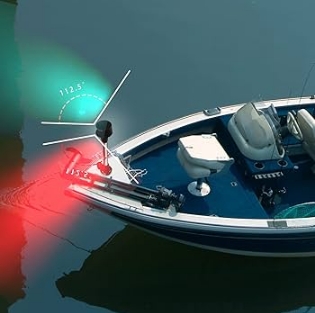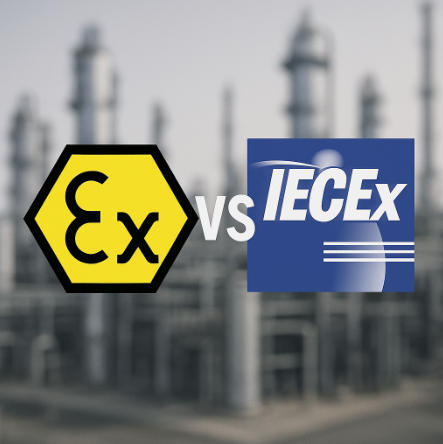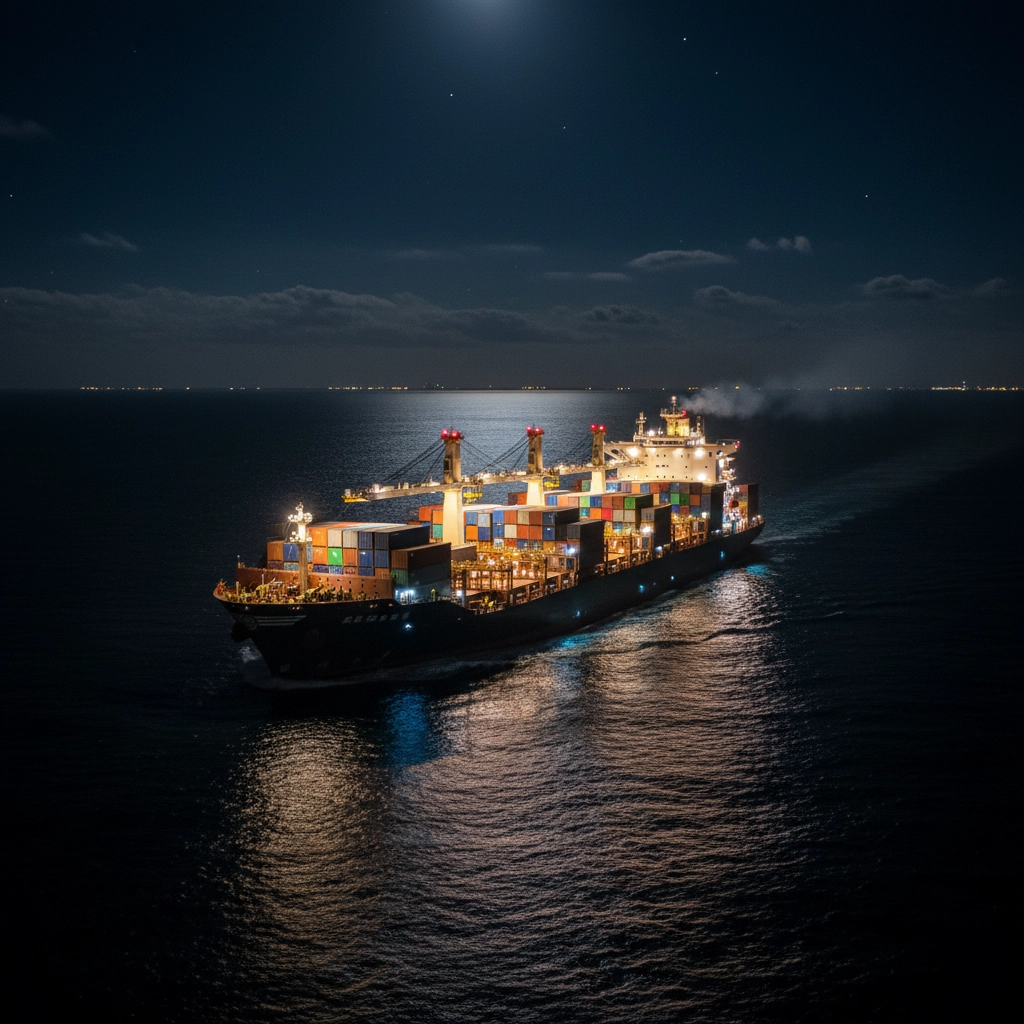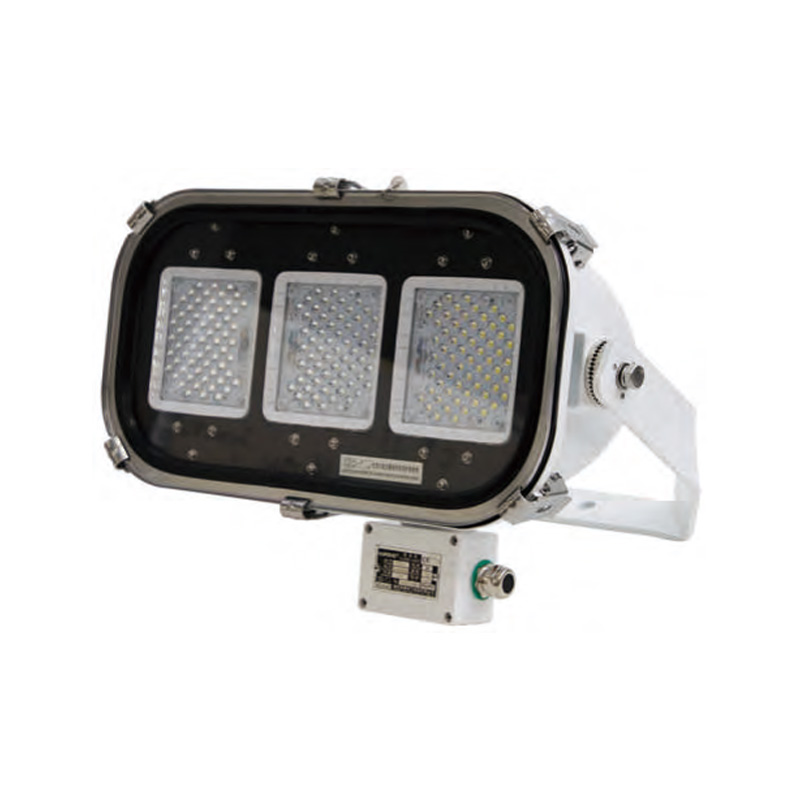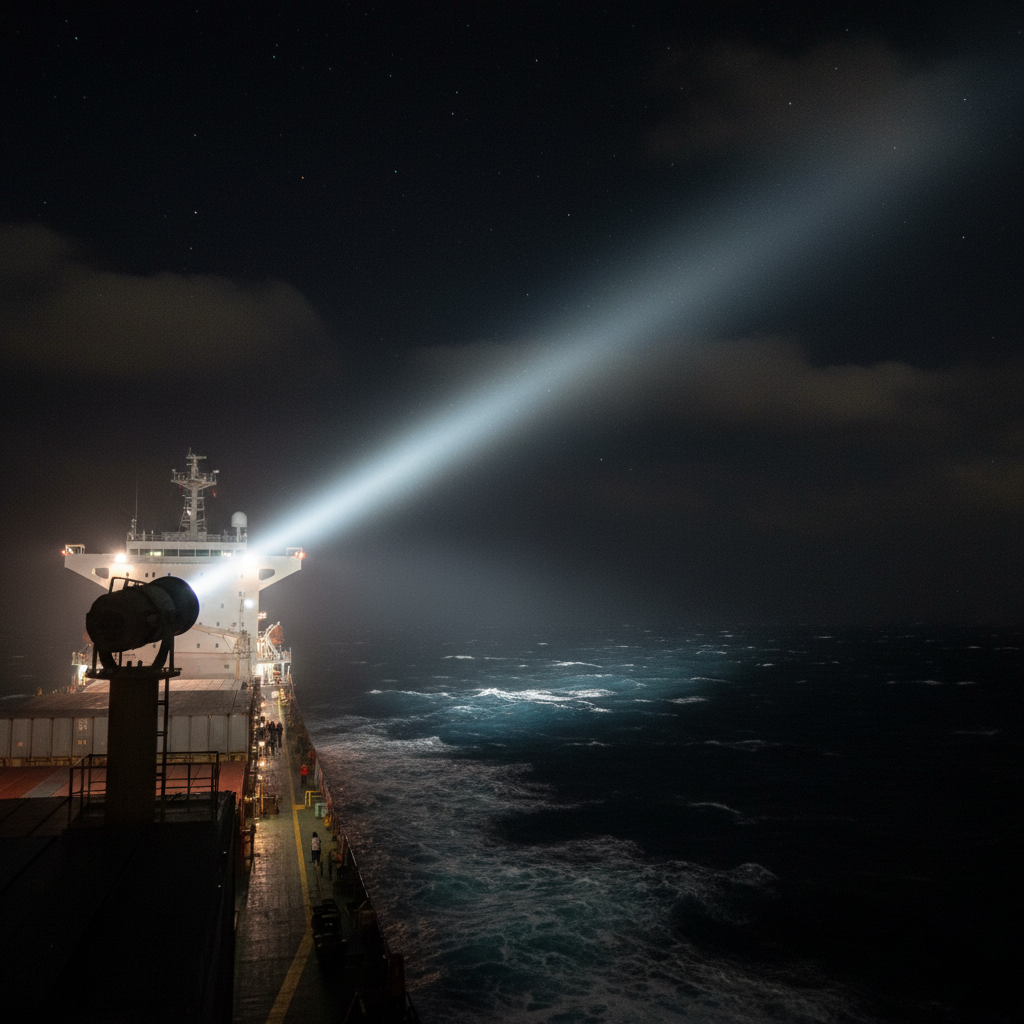HID vs. LED Marine Searchlights: Choosing the Right Type for Specific Applications
The improvement of visibility during the nighttime, inclement weather, or during search and rescue operations is of the utmost importance within the realm of maritime operations. As such, marine searchlights have been developed to fit this need,…
Why Waterproof Performance is Crucial for Marine Searchlights
Modern cargo ships need very powerful lighting equipment for night navigation, operations near the shore, and bad weather. Marine searchlights must be able to withstand harsh conditions and be water-resistant, corrosion-resistant, and have a long range…
How to Maintain Marine Spotlights Properly
Marine spotlights are critical for recreational and commercial vessels, providing focused light for navigation, safety, and visibility after dark or when visibility is limited. Spotlights are useful for docking, searching, and signaling. They need to be maintained…
How to Design Explosion-proof Lights for Marine Applications
Marine environments can be the most challenging environments to lighting system. From extreme levels of humidity, salt corrosion, to the presence of gaseous flammable substances and vapors. Lighting systems on offshore platforms, ships and oil terminals have to…
Wide-angle Illumination in Marine Searchlights
In maritime navigation and safety operations, lighting plays a crucial part in ensuring visibility and precise navigation in nighttime or during bad weather. With the advancement of the field of marine lighting, the wide-angle illumination in marine searchlights…
How to Match Marine Searchlights with the Ship’s Power Supply Voltage System
For any kind of marine lighting brightness and beam distance are key concerns. Also, the stability and safety of the lighting depend on the compatibility of the underlying power system. All vessels need appropriate lighting whether…
Regulations for Inland vs. Sea Marine Navigation Lights
The marine navigation lights are vital safety elements that allow vessels to recognize each other’s location, direction and operational status at low or no-visibility times at night. While the fundamental principles of navigation lights are consistent throughout all waterways,…
ATEX and IECEx Certifications in Explosion-proof Lights
Explosion-proof lights ensure safety in hazardous environments such as oil refineries, chemical plants, mining, and offshore platforms. For these lights to be reliable and show compliance to safety standards, they need to be ATEX and IECEx certified. For…
What Types of Marine Lightings Can Explode Due to Arc Tube Rupture
Marine lighting involves more than just ensuring a suitable level of brightness; it involves safety and dependability. Every type of ship (cargo, yacht, or cruise liner) is subjected to rapid temperature shifts, saltwater spray, and vibrations. Thus,…
360-degree Rotation Design in Marine Spotlights
Marine spotlights serve the vital functions of safe navigation, search operations, and visibility enhancement at sea. Over the past few years, improvements in the design of spotlights have provided new capabilities in flexibility and efficiency in marine…
The Emergence of High-efficiency LED Chips Has Completely Changed Marine Searchlights
The marine environment is complex and ever-changing, and ships rely heavily on powerful and reliable lighting, especially in low-visibility conditions, search and rescue operations, docking, and nighttime navigation. In recent years, the widespread adoption of high-efficiency…
How to Adjust Beam in Marine Searchlights Effectively
Marine searchlights play a key role in navigation, search, and safety operations in the open sea. A fundamental component in the effective use of a searchlight is the ability to adjust the beam. Beam adjustment in marine…

